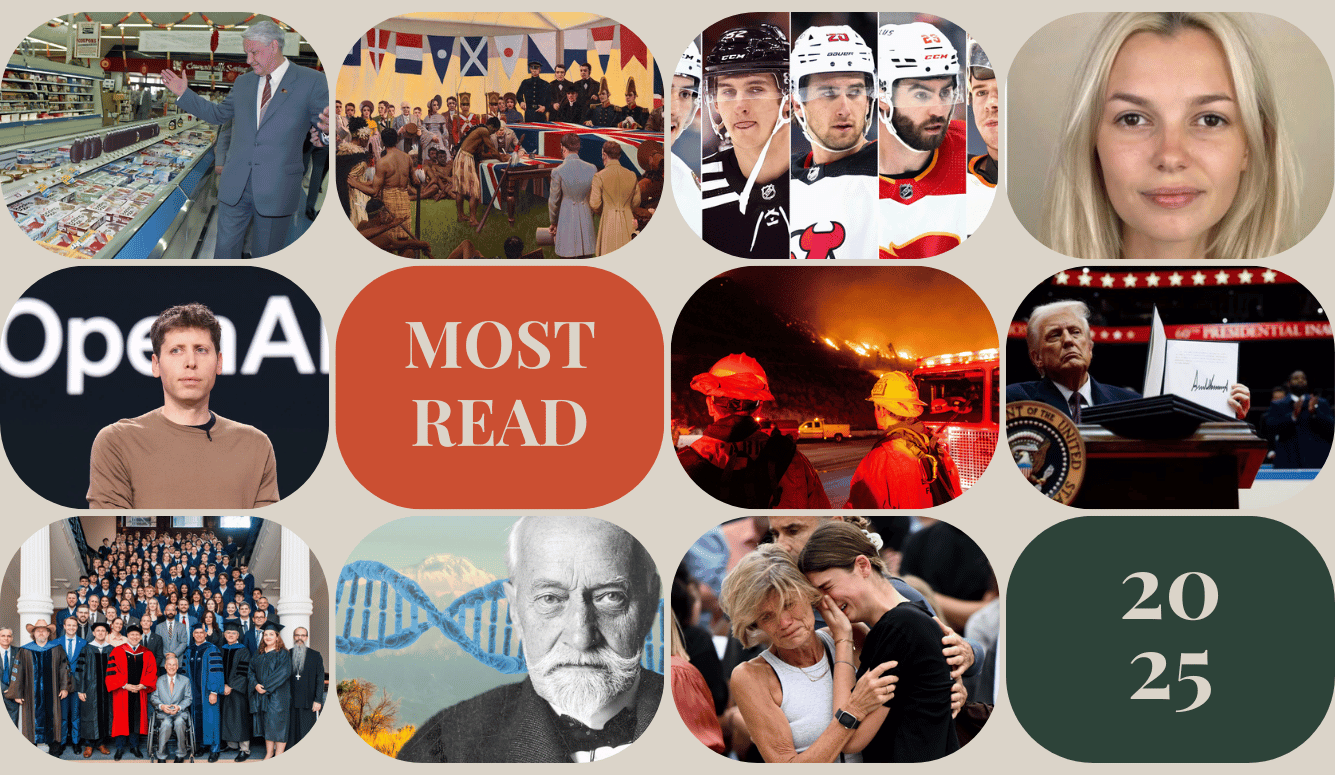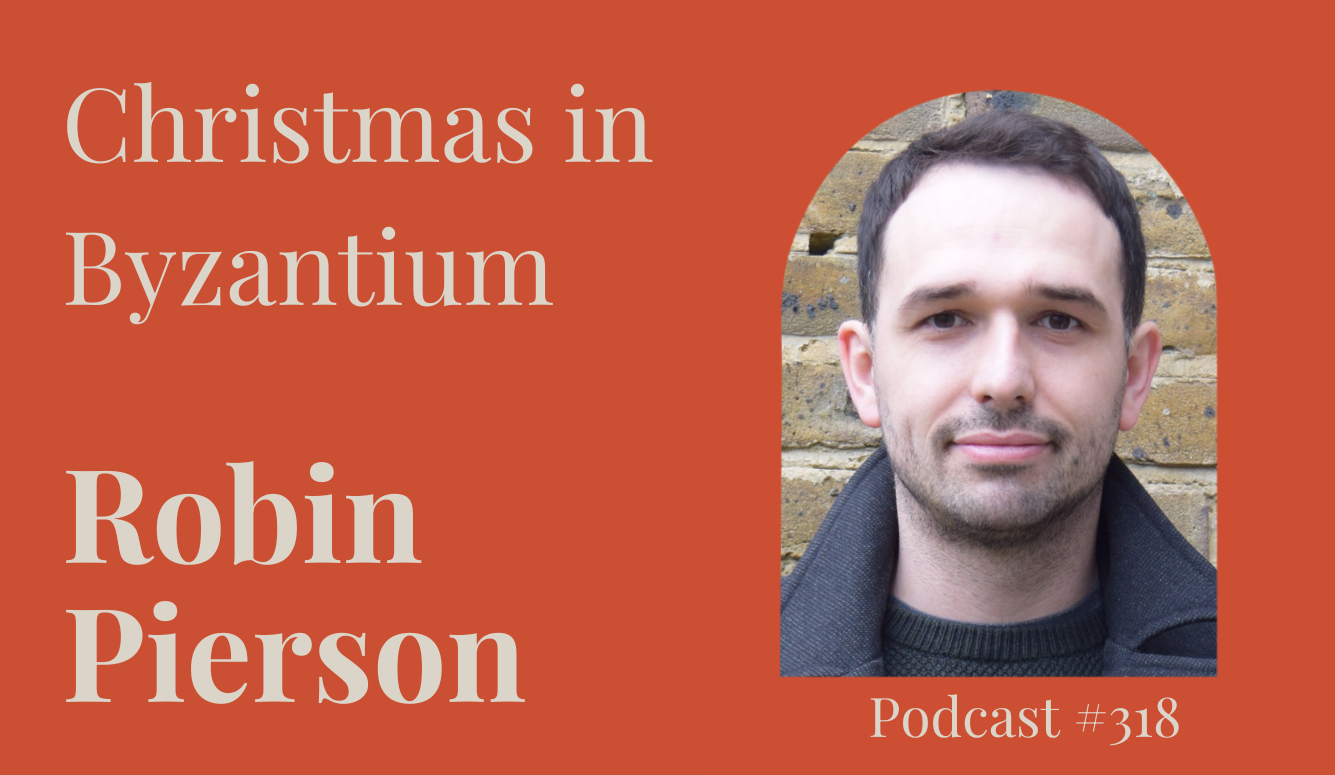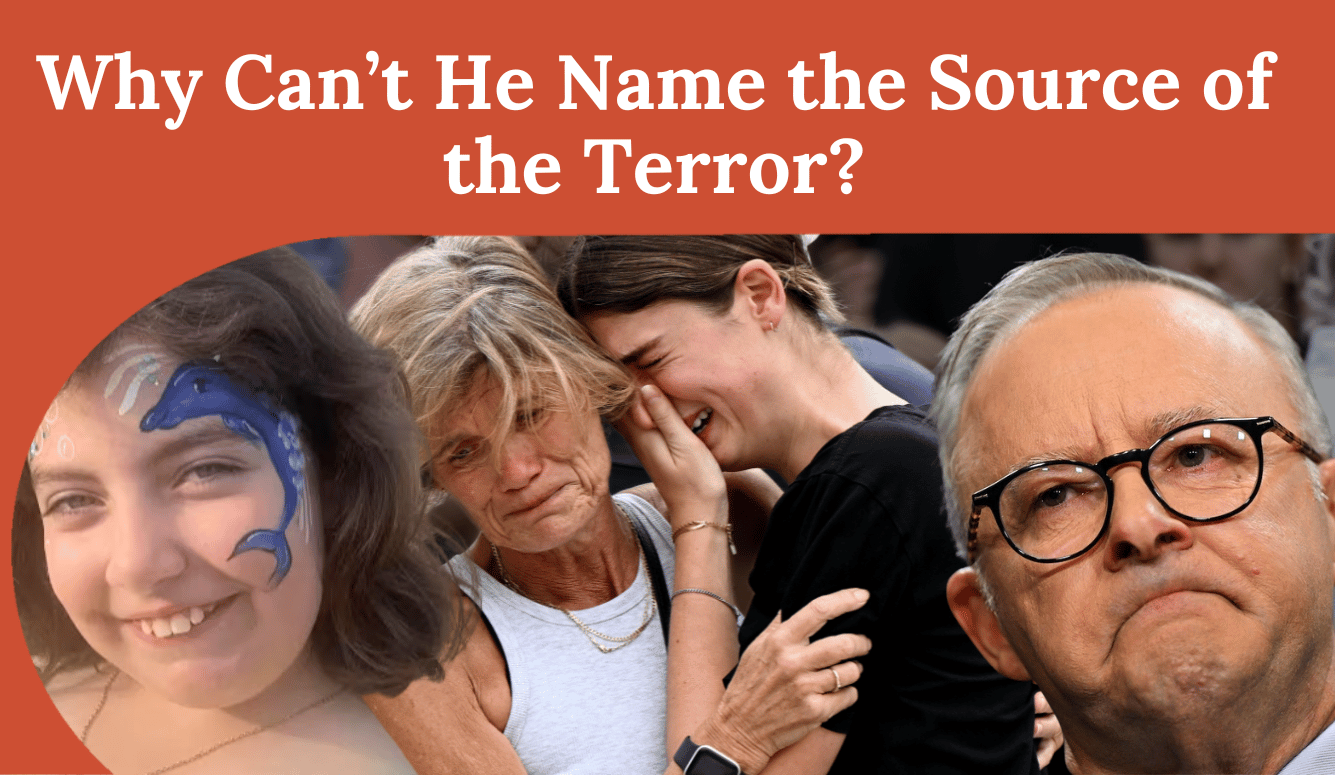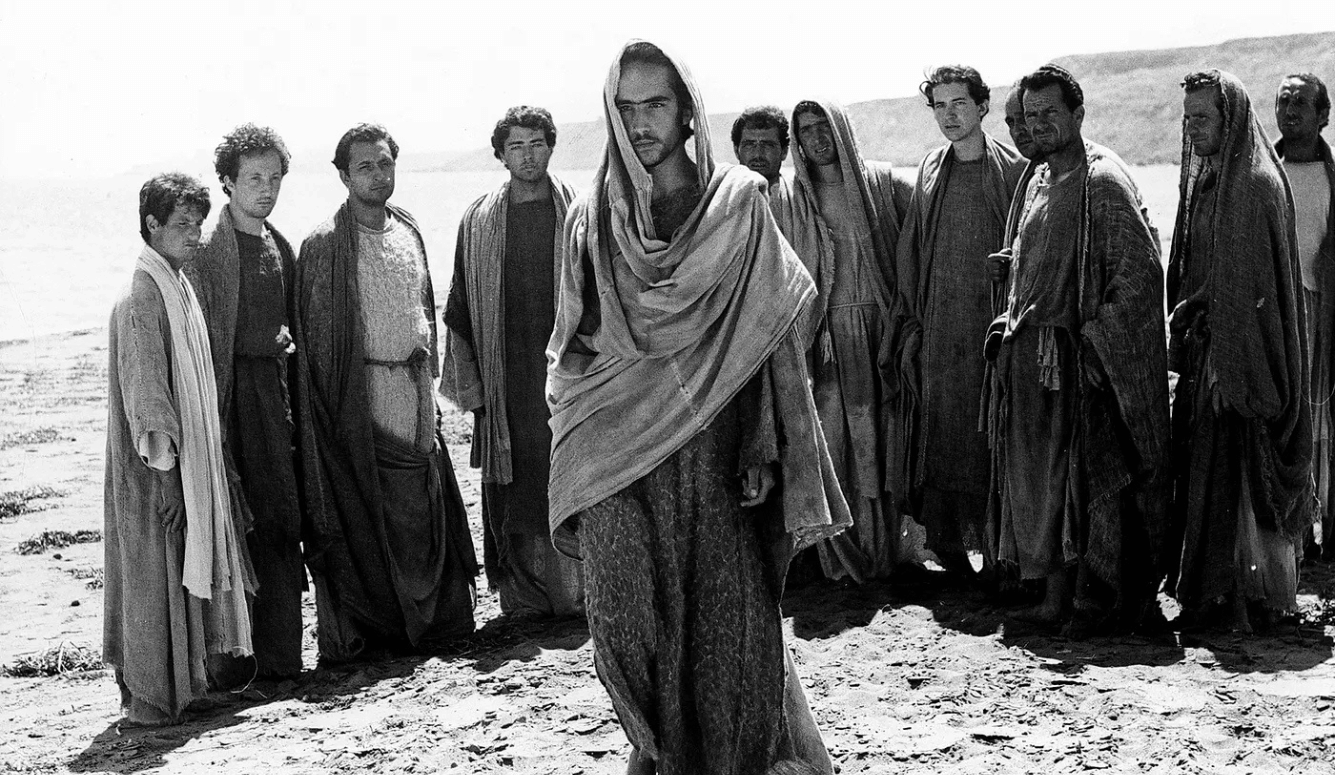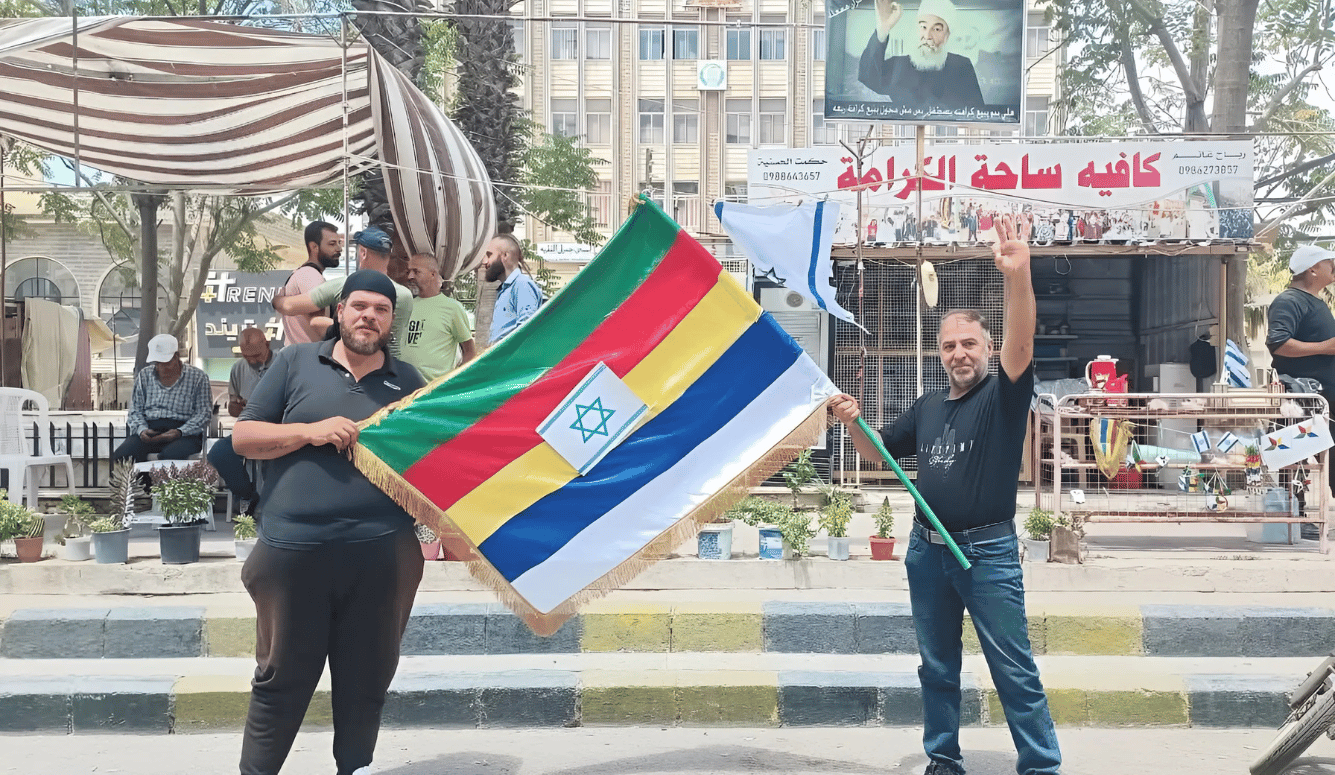
Since the Hamas attack on Israel on 7 October, Israeli soldiers have sacrificed their lives and livelihoods to defend their country against foes on at least five fronts, while Israeli citizens and diasporic Jews have been widely condemned for supporting those efforts. Tragically, fighting Hamas as it hides under hospitals, schools, and mosques in Gaza has inevitably caused great suffering and significant casualties among Gazan civilians. But in a supreme irony, Israel’s military campaigns have provided Lebanese, Palestinians, Syrians, and even Iranians with their best hope of political and economic gains in years.
One day, these wars may even be chiefly remembered for reshaping the region in ways that promoted freedom and economic opportunity. By dismantling Hamas and Hezbollah and degrading the Iranian threat, Israel has already created the conditions for political change in Lebanon and Syria. There may yet be opportunities to remake Gaza and even Iran itself. Taking advantage of these opportunities poses an enormous challenge to people in the region and in the wider world. But a successful and historic move towards decent governance would change the lives of millions and their descendants for the better.
For decades, Iran has sponsored and financed an Axis of Resistance, united by a pledge to destroy Israel. But each member of that axis has also inflicted great suffering on its own people, including economic hardship, political oppression, and the militarisation of their respective societies. The Islamic regime in Iran, the Ba’athist regime in Syria, and the Iranian proxies in Lebanon and the Palestinian territories have persecuted and murdered political opponents, jailed and tortured journalists, prevented self-determination for their populations, and sharply weakened economic opportunity for everyone living under their rule.
Hamas used funding from Qatar, Iran, and Western countries to build tunnel networks, rocket arsenals, and a terror army, diverting resources that could have been used to build hospitals, schools, and provide Gazans with economic opportunities. Hamas security forces have beaten and killed protesters, most recently shooting at desperate residents seeking food from a humanitarian group that Hamas does not control. A 2022 poll reported that most Gazans said they could not criticise Hamas without fear. Even before Hamas committed the atrocities that started a war with Israel in October 2023, the Hamas-run economy was failing its people.
Despite billions of dollars in external aid, especially from the UN and Qatar, an economy built for war did little to generate economic well-being. According to the IMF, in 2022, unemployment in Gaza reached 45 percent, over three times the thirteen percent rate experienced by Palestinians in the West Bank; 53 percent of Gazans lived below the national poverty line in 2022, compared to fourteen percent in the West Bank. Per capita income in Gaza was a quarter of what it was on the West Bank. After Israel disengaged from Gaza in 2005, the Palestinians squandered an opportunity to govern themselves in a proto-statelet. Instead, they elected a Hamas regime in 2006, which seized control of the Strip in 2007 and then refused to deliver either economic progress or political freedom.
Now, with the defeat of Hamas by the IDF, the local population has another opportunity if they are willing to take it. Ideally, local Gazans will play a role in disarming Hamas, opening the way to new leadership committed to human rights and economic prosperity rather than a futile war against Israel. Although the chances for reform look bleak at the moment, Israel’s campaign to destroy Hamas is the necessary precondition for a decent Gazan society. Certainly, Israel will need to play a constructive role, ideally with support from Western countries and Arab leaders, in helping any new governing body to build decent social institutions no longer obsessed with murder and martyrdom.
Even more promising is how Israel’s war against Hezbollah is transforming Lebanon and Syria. Hezbollah’s destructive role as a “state within a state” has undermined Lebanese sovereignty for decades by creating parallel governance structures that serve Iranian strategic interests rather than Lebanese national development. Before the fall of 2024, Hezbollah’s military capabilities included over 150,000 rockets and missiles, which threatened Israel and gave the militia de facto veto power over major political decisions within Lebanon itself. The assassination of former Prime Minister Rafik Hariri in 2005, widely attributed to Syrian and Hezbollah operatives, triggered massive protests and deepened these divisions. Subsequent political assassinations of anti-Syrian figures created a climate of fear and intimidation that has constrained political opposition ever since.
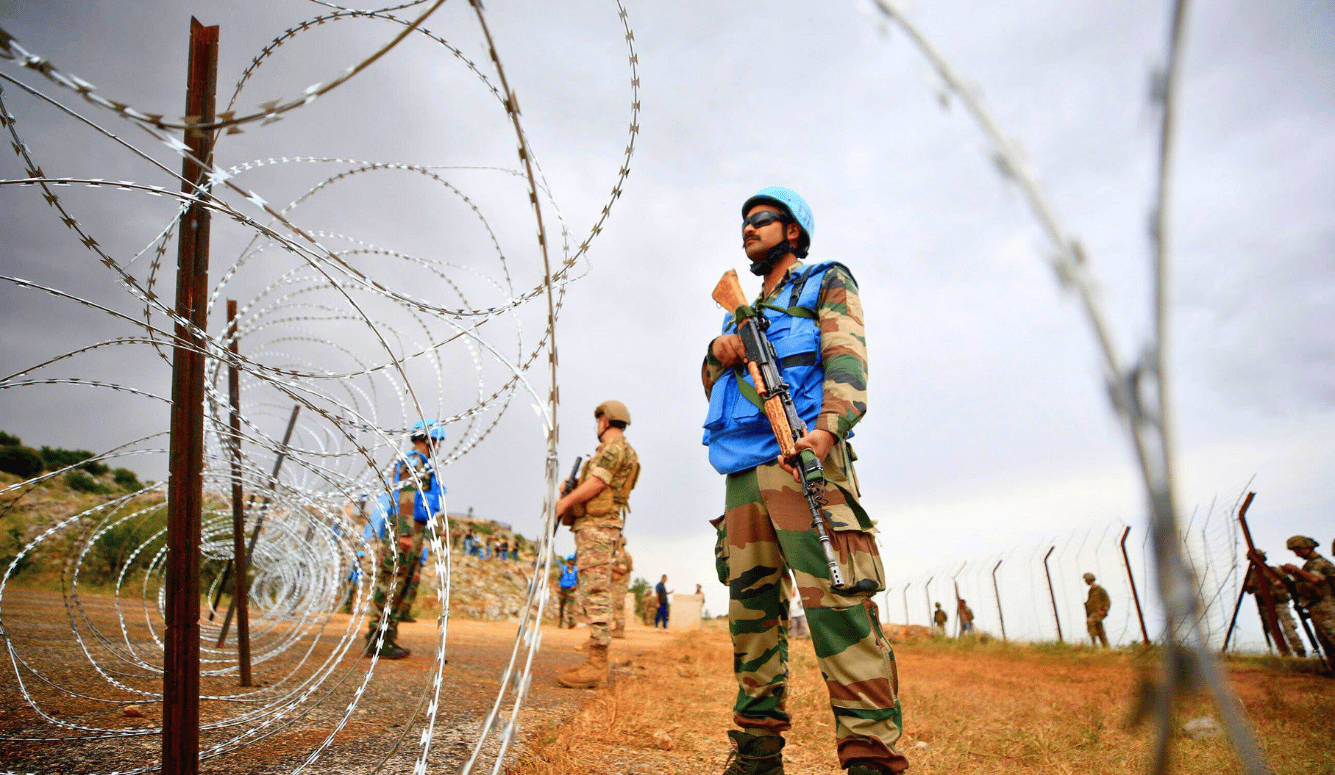
Hezbollah’s arms prevented the government from acting against the murderers of Hariri and the perpetrators of other assassinations. In 2008, Hezbollah fighters seized control of West Beirut after the government attempted to dismantle the organisation’s telecommunications network. It demonstrated its ability to paralyse the country if its interests were threatened, effectively making it impossible for other political factions to govern without its consent. The economic damage has been dramatic. Since 2013, per capita income has been cut by over thirty percent, the value of the Lebanese currency fell by over 95 percent, and unemployment rates among 15–24-year-olds have jumped from nineteen percent to nearly 25 percent.
By destroying most of Hezbollah’s leaders and weapons, Israel has paved the way for the Lebanese state to weaken the group’s grip on Lebanese politics, enabling the country to implement economic reforms and encourage domestic and foreign investment. Already, we are seeing signs of Lebanese retaking control of their society and disarming Hezbollah to avoid further pointless wars with Israel. In early February this year, Lebanon formed its first full cabinet since 2022 not backed by Hezbollah. Hezbollah has also ceded around 190 of its 265 military positions south of the Litani River to the Lebanese army, which has been dismantling Hezbollah’s military infrastructure and confiscating weapons in the area. And the government has pursued economic reforms that limit Hezbollah’s influence. Certainly, a resurgent Hezbollah remains a danger to progress, but none of Lebanon’s new abilities to govern would have materialised without Israel’s efforts to weaken the Hezbollah militia.
Syria, meanwhile, has finally escaped the Assad family tyranny. Under Bashar al Assad and his father, Syria was a police state with a terrible economy. The Syrian civil war claimed over 500,000 lives and displaced over thirteen million people, six million of whom now live as refugees in other countries. The economy had collapsed and annual GDP per capita, adjusted by purchasing power parity, fell to about US$4,190. Israel’s campaign to degrade Hezbollah’s military capacity contributed significantly to Assad’s eventual downfall. With Hezbollah forces stretched thin, Assad lost a critical pillar of support that had been keeping his regime afloat.
The collapse of the Syrian regime now presents an unprecedented opportunity for reconstruction efforts that prioritise Syrian national interests rather than Iranian regional ambitions. This could unlock international reconstruction assistance previously withheld due to Assad’s dismal human-rights record, while enabling the return of millions of Syrian refugees who might otherwise have remained displaced indefinitely. We are already seeing statements by Mr Al-Sharaa, the new leader of Syria, calling for peace with all its neighbours, including Israel, and a new focus on reconstruction, unity, and development. In turn, the US and Europe have lifted sanctions on Syria, enabling new investment and the growth of private-sector activity. Despite the country’s recent inter-ethnic strife, including some terrible attacks on the Druze, Syria has its best chance in years to develop its economy and society.
New governance is certain in Lebanon and Syria and likely in the Gaza Strip. But it remains to be seen whether or not Iran’s 85 million people can seize the moment to overthrow the Islamic regime and replace it with a secular alternative that can live at peace with its neighbours and pursue economic development. Certainly, Iran’s clerics have ruthlessly suppressed opposition, tortured demonstrators, abused the rights of women, conducted unfair trials, led the world in executions, and engaged in widespread corruption.
As part of its obsession with destroying Israel, the Iranian regime has devoted massive resources to funding nuclear development, ballistic-missile programs, and proxy forces across the region. Sanctions against Iranian sponsorship of terrorism and its nuclear program add to the costs borne by ordinary Iranians. GDP per capita is only US$4,770, even though Iran has the world’s third largest oil reserves and second largest gas supplies. Between 2013 and 2023, the value of the Iranian currency declined by more than ninety percent. Iranians have experienced electricity shortfalls, depletion of water supplies, and high poverty and inflation rates.
It’s no wonder that a survey of over 157,000 Iranians found that more than eighty percent of those polled would prefer an alternative government to the Islamic regime (99 percent of the 42,000-plus Iranian respondents polled outside the country said the same). Now that most of Iran’s investments in nuclear and ballistic-missile programs have been reduced to rubble by a country that Iranian leaders insisted was on its last legs, Iran’s clerical regime is weaker than at any time since the Iran–Iraq war in the 1980s. Although the regime is cracking down on dissent and arresting large numbers of civilians, the public might still rebel in the name of freedom and economic opportunity. With Iran’s educated population, technological capabilities, cultural heritage, and energy resources, a free economy not bent on eliminating Israel could make Iran a prosperous country.
Israel did not respond to attacks by Hamas, Hezbollah, and Iran with the goal of replacing corrupt and repressive regimes and freeing Arabs and Iranians from repression and economic stagnancy. But, as a byproduct of the fighting, Israel has created the space necessary for a transformation of the region. Success is by no means assured but the liberation of formerly despotic and hateful regimes offers hope and historic new opportunities in a region where both are usually in short supply.

